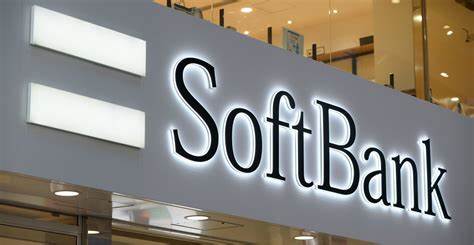SoftBank’s substantial ownership in Arm provides it with a strategic advantage in the artificial intelligence (AI) arena. Arm’s position at the forefront of the AI boom promises financial gains, further enhancing SoftBank’s position in the market. Following Arm’s impressive financial performance, with a remarkable 67% surge in its stock value, investors are optimistic about the company’s potential to capitalize on the growing demand for its chip designs, particularly in data centers. This optimism has translated into a significant uptick in SoftBank’s stock price, which has risen by 29%.
However, the volatility in Arm’s stock can be attributed to its modest public float, compounded by SoftBank’s substantial ownership stake. Despite Arm’s Nasdaq debut, SoftBank retains a significant 90% ownership share, leading to pronounced market fluctuations when investor interest intensifies. SoftBank’s investment in Arm now exceeds $118 billion, surpassing its own holding value of $84 billion. This scenario mirrors SoftBank’s past experiences, notably its partial divestment of Alibaba to fuel other ventures.
Navigating its position with Arm presents SoftBank with a complex dilemma reminiscent of its past challenges with Alibaba. Despite Arm’s soaring valuation compared to projected earnings and restrictions on selling before March, SoftBank faces skepticism from the market regarding its ability to capitalize fully on Arm’s surge. To address this, SoftBank may explore options such as using Arm shares as collateral for margin loans or engaging in prepaid forward contracts, similar to its approach with Alibaba shares. However, these strategies entail risks, including exposure to market fluctuations and potential execution challenges.
In essence, SoftBank’s advantageous position in the AI landscape comes with its share of challenges and uncertainties. As the AI market continues to evolve, SoftBank must tread carefully to maximize its returns from its investment in Arm while mitigating potential risks associated with market dynamics and stock price volatility.
